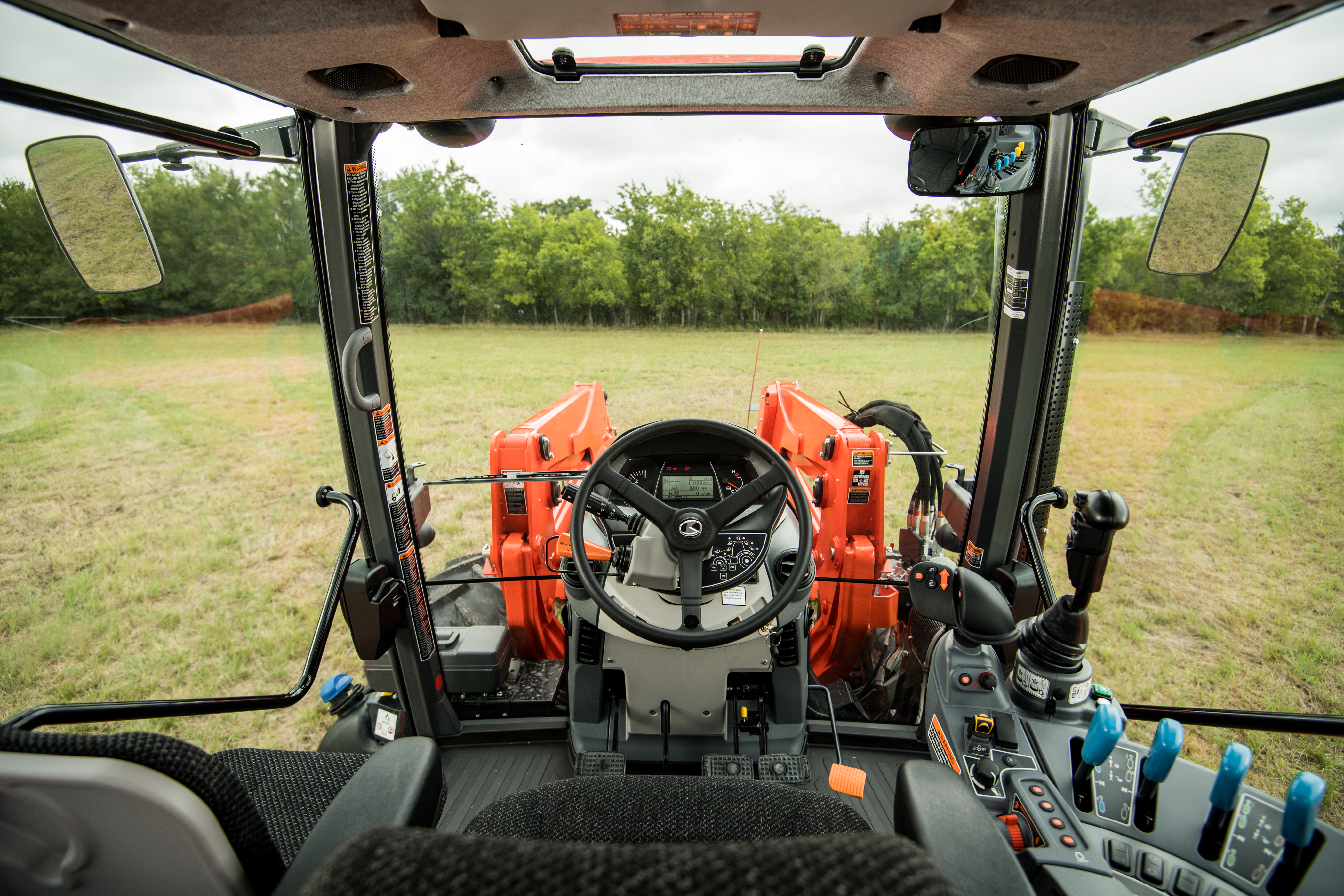The tractors are available in 130, 150 and 170 hp configurations
By Diego Flammini
Staff Writer
Farms.com
Kubota has introduced an updated version of a popular tractor series.
Starting in February 2019, Canadian farmers can purchase tractors from the manufacturer’s M7-2 line of tractors, which build off the success of its M7-1 series.
As with the original series, the M7-2 tractors come in 130, 150 and 170 hp engine configurations, but the tractors also have some features that are unique to the new line.
“We have a new grade that we are excited to announce called the Deluxe,” Kyle Dabrowski, an agricultural product specialist with Kubota Canada, told Farms.com. “The difference from the Standard model is that the Deluxe has the same 29 (gallons per minute/110 litres per minute) hydraulic system as our Premium models.

“This gives operators the ability to run implements that require high flow. The Deluxe is the best of both worlds and we expect it to be very popular for livestock producers.”
Kubota has also made improvements to the transmissions.
Tractors in the M7-2 series have an enhanced auto-shift feature that can automatically evaluate the engine load and switch to the appropriate gear.
“The transmission will automatically shift through the powershift speeds and ranges as the operator accelerates or decelerates the tractor,” Dabrowski said. “With improved speed matching, the tractor advances immediately to the next range, allowing the operator to quickly reach the appropriate travel speeds.”
The new tractors feature greater operator comfort upgrades.
The new pressurized cab provides an almost unimpeded view, and Kubota has redesigned the heating and air conditioning system to allow for 25 per cent more air flow. The manufacturer has also fitted the seat with more cushioning for comfortable operation.
Kubota photos